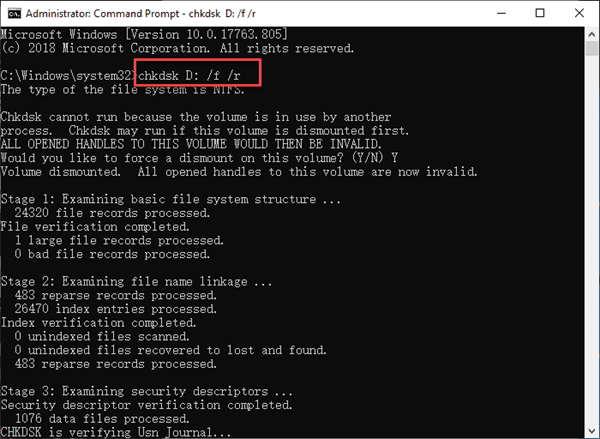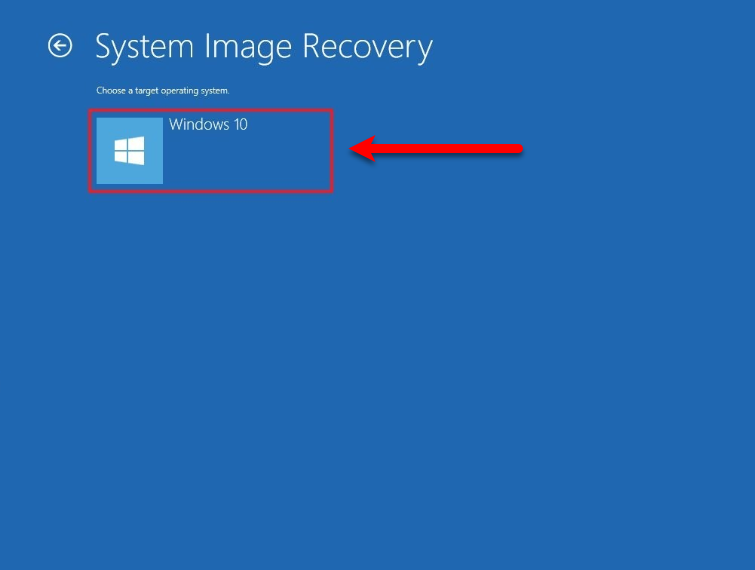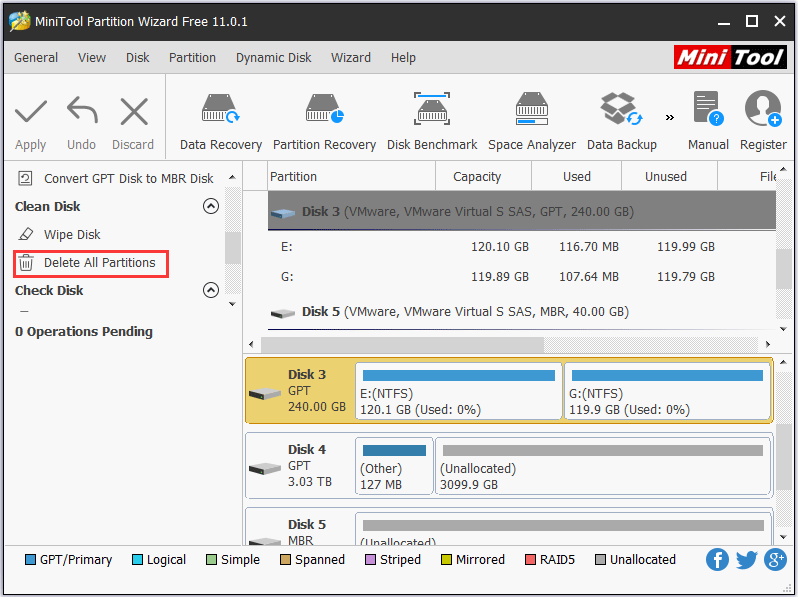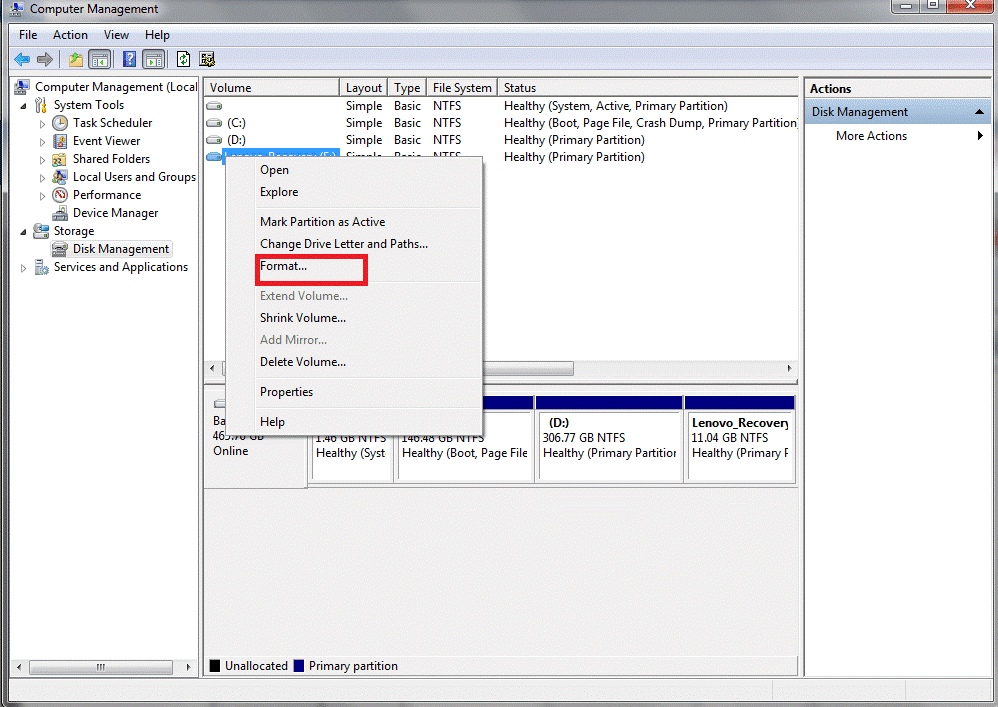

Attach your external hard drive to your PC using the USB cable.If you have some files on the external hard drive, make a backup of these files on some other device. The external hard drive should have only one MBR partition (you can use MiniTool Partition Wizard to create an MBR partition). Note: Before beginning, make sure that you have downloaded Windows 10 ISO image from Microsoft servers and have installed 7-Zip in your PC. Here are the steps I took to successfully install Windows 10 using an external hard drive:

So I decided to use my external hard drive as the installation media to install Windows 10 on my new laptop. I have USB 2.0 pendrives but they are very slow when copying or reading files. I have used it to install Windows a zillion times. Another option, for those who use both Windows and Mac OS regularly, is to partition your hard drive and have a portion of the drive formatted for each OS.It so happened this week that my old favorite USB 3.0 pendrive stopped working. There are tools available to use NTFS on a Mac (Fuse) or HFS on PC (HFSExplorer). Windows will not detect this file system without a third party utility. Only use this option if the drive will only be used in Mac OS.

Mac OS Extended is the native solution for Mac users and has the max file size of any of them.It has a much larger max file size but is read-only on Mac OS X (unless you install a third party NTFS read/write utility). NTFS format is the file system Windows likes to use by default for internal drives running the operating system or used as a secondary storage drive.Older operating systems might require an update to properly read and write to a USB drive with an exFAT file system. It doesn’t have the 4GB file size limit and it’s compatible with most Windows and Mac operating systems. exFAT is the ideal file system for USB flash drives.It is the most compatible file system for older/modern computers (PC and Mac) plus gaming consoles and other devices with a USB port. Most USB flash drives will have a FAT32 file system out-of-box. FAT32 is a common option you’ll hear because it’s recognised by both Mac and Windows operating systems, but it offers no security and caps files at 4GB in size.

The file systems most commonly used in USB flash drives are: When formatting your drive, it’s important to understand the different formatting options available for your ideal use.


 0 kommentar(er)
0 kommentar(er)
